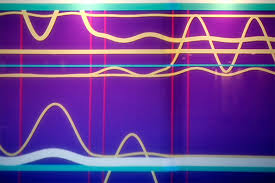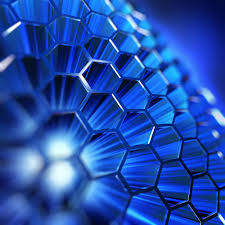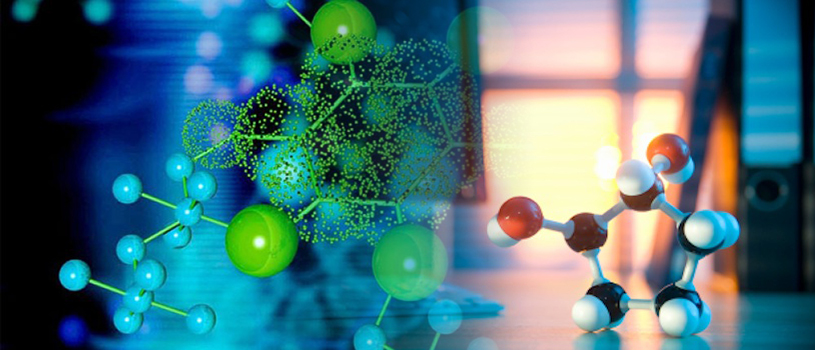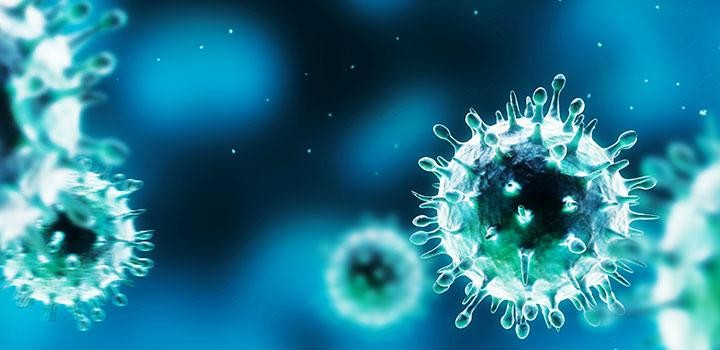
(PhysOrg.com) -- A new study in the Proceedings of the National Academy of Sciences shows that bacteria is capable of growing under gravity more than 400,000 times that of Earth and gives evidence that the theory of panspermia could be possible.

(PhysOrg.com) -- When atoms combine to form compounds, they must follow certain bonding and valence rules. For this reason, many compounds simply cannot exist. But there are some compounds that, although they follow the bonding and valence rules, still are thought to not exist because they have unstable structures. Scientists call these compounds "impossible compounds." Nevertheless, some of these impossible compounds have actually been fabricated (for example, single sheets of graphene were once considered impossible compounds). In a new study, scientists have synthesized another one of these impossible compounds -- periodic mesoporous hydridosilica -- which can transform into a photoluminescent material at high temperatures.

Researchers at The University of Nottingham have created a new molecule containing two uranium atoms which, if kept at a very low temperature, will

(PhysOrg.com) -- Members of the international STAR collaboration at the Relativistic Heavy Ion Collider -- a particle accelerator used to recreate and study conditions of the early universe at the U.S. Department of Energy

A research team at the University of Technology Sydney (UTS) has reported remarkable results in the production of graphene paper, a composite material

(PhysOrg.com) -- Researchers have achieved a breakthrough in quantum communications and computing using a teleporter and a paradoxical cat.

When one cloud of gas meets another, they normally pass right through each other. But now, physicists have created clouds of ultracold gases that bounce off each other like bowling balls, even though they are a million times thinner than air -- the first time that such impenetrable gases have been observed. While this experiment involved clouds of lithium atoms, cooled to near absolute zero, the findings could also help explain the behavior of similar systems such as neutron stars, high-temperature superconductors, and quark-gluon plasma, the hot soup of elementary particles that formed immediately after the Big Bang.

An electrical engineer who previously demonstrated experimentally the

(PhysOrg.com) -- For more than two decades, scientists have been "watching" electrons in atoms make the jump between energy levels in real time. "Atoms have energy levels, and when electrons

When black holes slam into each other, the surrounding space and time surge and undulate like a heaving sea during a storm. This warping of space and time is so complicated that physicists haven

A team of physicists experimentally produces quantum-superpositions, simply using a mirror.

A new way of understanding the structure of proteins, polymers, minerals, and engineered materials will be published in the May 2011 issue of the journal Nature Materials. The discovery by two Penn State University researchers is a new type of symmetry in the structure of materials, which the researchers say greatly expands the possibilities for discovering or designing materials with desired properties. The research is expected to have broad relevance in many development efforts involving physical, chemical, biological, or engineering disciplines including, for example, the search for advanced ferroelectric ferromagnet materials for next-generation ultrasound devices and computers. The paper describing the research will be posted early online by the journal on 3 April 2011, prior to its publication in the journal

Quantum physicists have now achieved controlled entanglement of 14 quantum bits (qubits) and, thus, realized the largest quantum register that has ever been produced. With this experiment the scientists have not only come closer to the realization of a quantum computer but they also show surprising results for the quantum mechanical phenomenon of entanglement.

What’s the News: This week, scientists say that they’ve passed a chemistry milestone by creating the world’s first practical photosynthesis device. The playing-card-sized photosynthetic gadget uses sunlight to split water molecules into oxygen and hydrogen, which can then be used to produce energy, and is reputedly 10 times more efficient than a natural leaf. Researchers …

(PhysOrg.com) -- Scientists from the U.S. Department of Energy